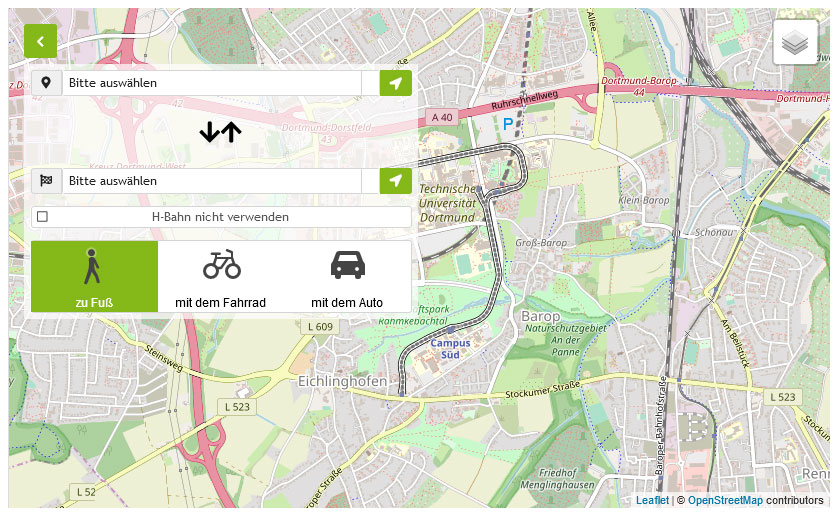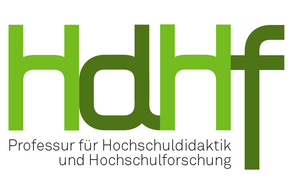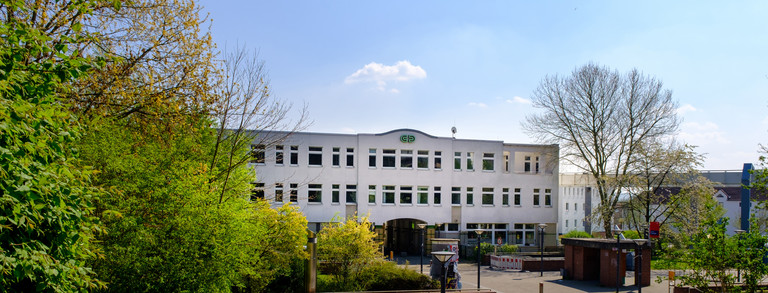Personnel structures in the German Science System

The perspective of the position paper resonates with topics addressed at the professorship, such as academic careers, diversity, and university governance.
Key Points from the German Science Council's Personnel Structure Paper:
1. Systemic Perspective on the Science System
The paper deliberately adopts a system-wide perspective. It presents a generic framework for future personnel structures that provides orientation across institutions. The aim is to make the science system more transparent, attractive, equitable, and diverse. At the same time, the model seeks to strengthen permeability between academic and non-academic sectors and to promote mobility both nationally and internationally.
2. Response to the Debate on Precarity in Academia
The paper positions itself as a constructive contribution to the ongoing debate about precarious working conditions in academia. It proposes ways to enhance reliability and career prospects, particularly for early-career researchers, while respecting the disciplinary and cultural diversity of the research landscape.
3. Permanent Roles for Permanent Tasks
A clear separation between permanent tasks and qualification phases enables more targeted and efficient training, helps prevent structural dependency, and ensures the systematic development and preservation of expertise. This enhances the effectiveness and performance of the science system as a whole.
4. Recognition of Research-Related Roles
Research-support roles – such as those in science management – are still often assigned to the administrative sector, sometimes to circumvent limitations on fixed-term contracts. The paper underlines that such roles are essential to the research process and should be recognized as integral components of the academic ecosystem within staffing models.
5. International Compatibility
The introduction of the S1 to S4 categories is aligned with the European “Framework for Research Careers” (R1 to R4). This enhances the visibility, comparability, and international alignment of academic career paths in Germany and facilitates cross-border mobility for researchers.
6. Framework for Cultural Change
Beyond structural guidance, the personnel model serves as a catalyst for cultural change within the academic system. It allows institutions first to map and better understand their current positions. In a second step, this understanding can inform the redefinition of job profiles and the bundling of tasks – potentially resulting in new and more permanent roles. The model is evolutionary rather than revolutionary, aiming to support sustainable, system-wide development.





